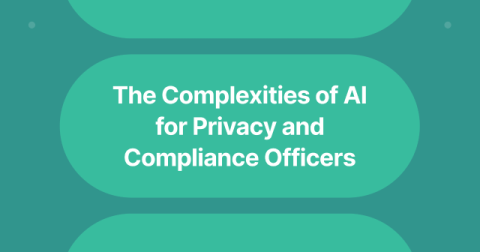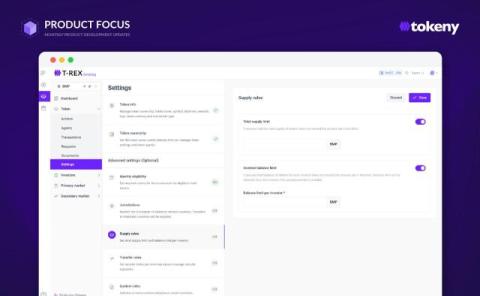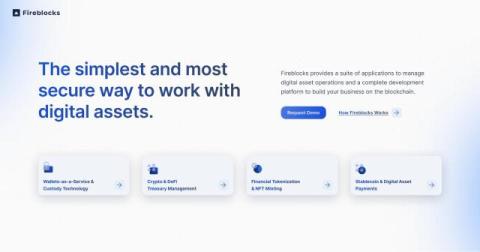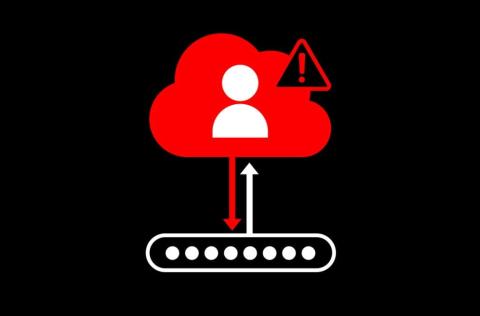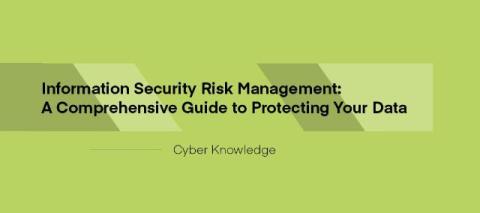The Complexities of AI for Privacy and Compliance Officers
CPOs oversee an organization’s compliance with data privacy laws, such as the General Data Protection Regulation (GDPR), the California Consumer Privacy Act (CCPA), and sector-specific regulations like HIPAA. Key responsibilities include.


